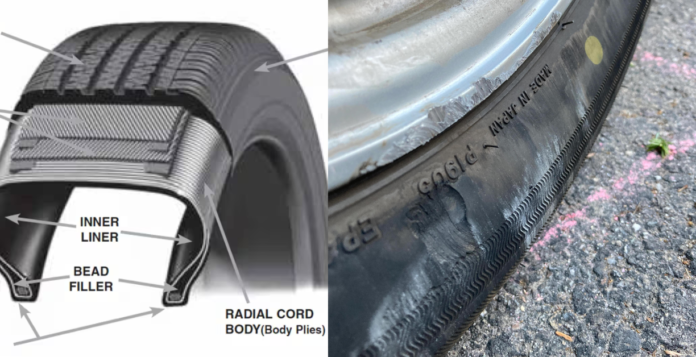The type of vehicle, the tire’s size, and its intended use are some of the variables that might affect how thick is a tire. Tyres have precise tolerances and are made by precision machinery. They are composed of rubber compounds, and for them to function safely, they must have a minimum thickness.
how thick is a tire
The typical starting point of an automobile tyre is 8 to 9 millimetres, or up to 11/32 of an inch. Before they reach 2/32, they will need to replace the worn-out tread due to use. Tyre tread depth gauges and pennies are convenient tools for measuring tyre tread.
There are a few variables that affect how thicks is a tire, such as the kind of car tyre. We’ll go over various tyre dimensions, what to look for in tread depth, and why knowing the thickness of your tyres is crucial.
We’ve done a lot of research on tyres and the ideal thickness for them. We are aware of the concerns some drivers have regarding tyre safety because we have replaced a good number of tyres.
Measure how thicks is a tire?
The majority of regular all-season tyres have a starting thickness of up to 11/32 of an inch. Some truck tyres have a more aggressive tread pattern and a thicker tread at first because of the more weight they are carrying and the increased torque they require. Among these are snow tyres, specially which are commonly driven in extreme conditions.

Read more
can you use fabuloso in laundry
Here’s a general breakdown:
Passenger car tyres: When new, these normally have a tread depth (the grooved portion that makes contact with the road) of around 8-10 millimetres (0.31-0.39 inches), and a total thickness of about 6-8 millimetres (0.24-0.31 inches).
Truck tyres: With a total thickness of about 12–16 millimetres (0.47–0.63 inches) and a tread depth of the same, when new, these are significantly thicker and more durable than passenger car tyres.
Off-road tyres: Made for rough terrain, these tyres can have tread depths of up to 16 millimetres (0.63 inches) and a total thickness of up to 20 millimetres (0.79 inches) when they are brand-new.
To gauge a tire’s thickness more accurately in the absence of visuals, image holding a credit card between your fingers. That’s about how thick the tread is on a brand-new passenger automobile tyre (eight to ten millimetres). Two credit cards placed on top of each other (6–8 millimetres) would equal the size of the tyre in its whole, including the sidewalls and internal layers.
However, that is only the mean for passenger automobiles. The thickness can increase to two credit cards plus a thick coin (12–16 millimetres) for bigger cars like trucks and SUVs. Consider using a strong ruler with these tyres.
Imagine off-road tyres with even thicker, beefier stacks – up to 20 millimetres, or three credit cards and a half. Ready to take on challenging terrain, these resemble the muscular behemoths of the tyre industry.
These dimensions are all for brand-new tyres. The overall thickness reduces as the tread wears down. It’s time to retire the tyre when it gets to the legal limit of 2-3 millimetres, which is scarcely thicker than a dime.
Furthermore, thickness can be influenced by variables other than size. Tyres designed for heavy loads or cold weather may also have a little bit more cushion than tyres designed for speed.
Consequently, this credit card and ruler comparison should help you better understand how thicks is a tire. you may come across in the world of tyres, even though the precise numbers may change.















